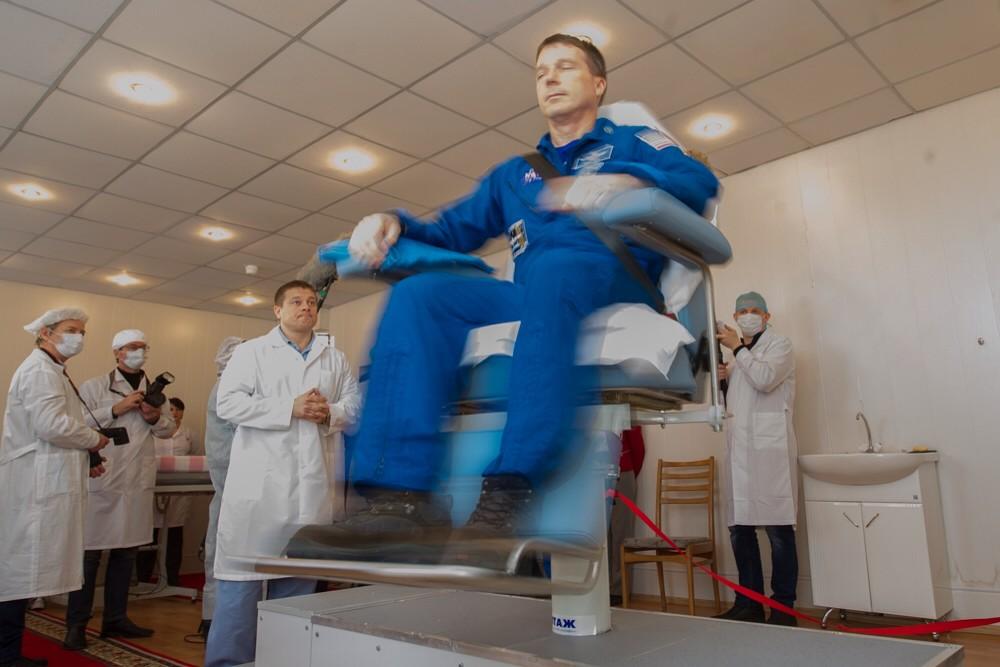If you're a fan of the astro-adventurers who make their living by working on the International Space Station, a.k.a. possibly humanity's greatest collaborative scientific achievement, you've probably at some point wondered how they were doing up there. Maybe it's because you feel a connection to their self-imposed earthly exile, maybe it's because you think they might be looking down over your city at the moment, maybe you just read a lot of our Space Station Sunday articles and feel a faraway friendship with these folks. Whatever your motivation, the new Friends In Space app lets you chat with one of the human stars of space.
According to wired.com, the app was developed by Italian company Accurat and provides a host of spacewatching options. You can track past, present, and future orbits of the ISS, chat with other stargazers, check out audio and video from the ISS, and see the astronauts' daily schedules. But the coolest part is the connectivity: when the ISS passes over your region, the app will alert you, and you can send a hello up to Italian astronaut Samantha Cristoforetti.
| "Like"! (Image courtesy diregiovani.it.) |
The idea was created when Accurat co-founder Giorgia Lupi was interacting on Twitter with Cristoforetti, who is currently serving as Italy's first female space station astronaut. Cristoforetti, who has nearly 84,000 Twitter followers, agreed a social network for space might be a fun idea. Lupi said, “She liked the idea of doing something that wasn’t scientific...something that reminded people on Earth that there is a human up there talking to them.”
Even though the astronauts can technically see all of us, it's nice for them to be reminded that we're still here supporting them. And who knows what sort of fascinating posts may show up on this new space-based social media? With lots of data available for fans and the whole world at the astronauts' hands, it will be interesting to see the daily grind from someone who is outside your normal social orbit.
| They totally should have called it "Spacebook" though. (Image courtesy Accurat.) |




